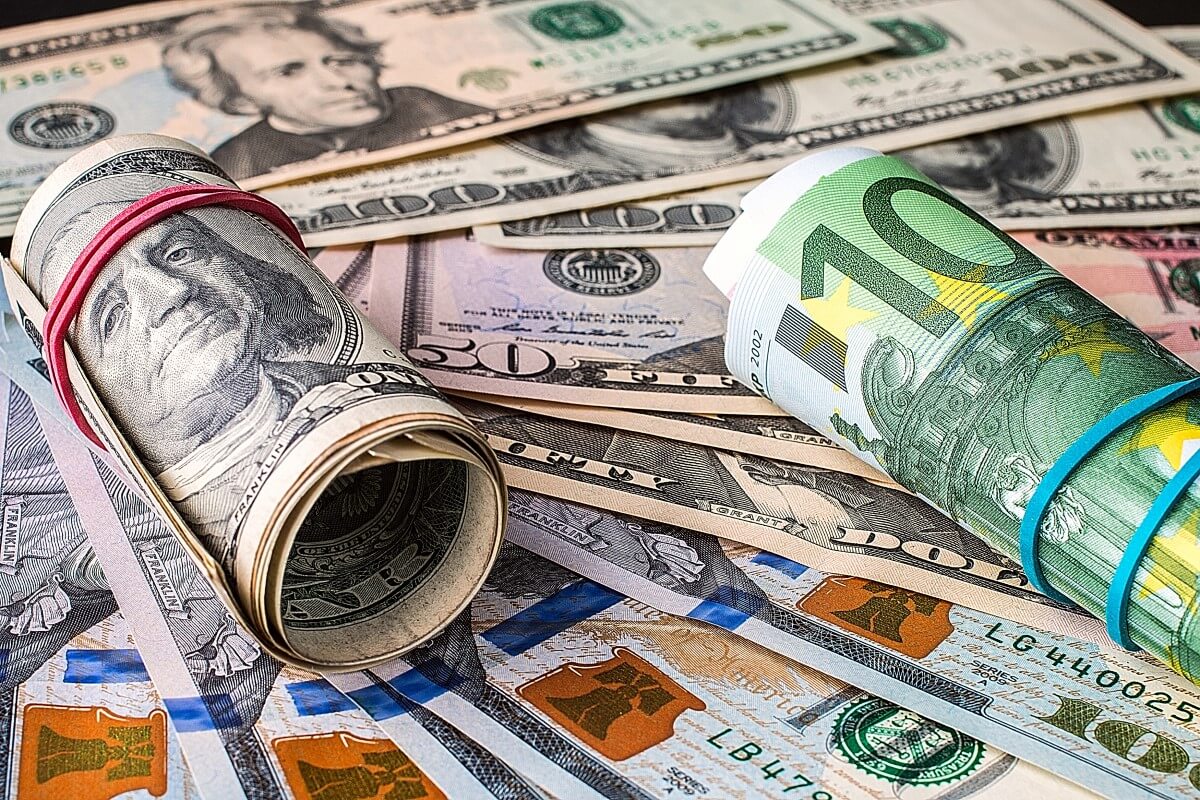
U.S. dollar plunged to six month low. What about Euro?
The U.S. dollar plummeted to its lowest level in six months versus the Euro and the Sterling today. According to the new data, U.S. inflation is slowing at last. However, that means the Federal Reserve might be able to moderate the pace of future interest rate increases. In this scenario, the greenback will likely suffer, as the Fed’s aggressive policy has supported the currency thus far.
The agency hiked its interest rates by 75 basis points at four consecutive meetings. Currently, investors expect it to announce a 50 bp raise later in the day. Moreover, the Bank of England and the European Central Bank also have meetings on Thursday. Market participants think these two will also deliver a 50 bp rate hike.
The dollar index tumbled to 103.91 against the basket of six major currencies on Wednesday after dropping to a six-month low of 103.57 once the inflation data hit the markets. Overall, the greenback shaved off 9% since skyrocketing to a 20-year high in September. Traders’ expectations of high U.S. interest rates have started to wane.
Furthermore, the dollar declined by 0.5% to 134.92 versus the Japanese yen. It also fell by 0.2% against the offshore Chinese yuan, exchanging hands at 6.9541 at last. In November, U.S. consumer prices soared less than analysts expected. On Tuesday, a new report from the Labor Department also showed that underlying consumer prices jumped by the least in 15 months.
This news reinforces bets that the Federal Reserve will slow its aggressive hawkish policy, increasing rates only by 50 bps. Thus, investors will focus on the agency’s quarterly ‘dot plot’ at today’s meeting. That latter will show where Fed officials expect rates to be at the end of each year.
How are the Euro and the Sterling trading?
The common currency surged forward by 0.2% versus the dollar, exchanging hands at $1.06495. The Euro remained near its six-month intraday peak of $1.0673. It hit that point in the previous session after U.S. inflation figures sent the USD tumbling.
Meanwhile, the British pound climbed up by 0.1% to $1.2375. Initially, it had also skyrocketed to a six-month high after the release of the U.S. data but fluctuated after that. The currency declined after the U.K. inflation data came out lower but has managed to rebound since then.
Derek Halpenny, the head of research, global markets at MUFG, noted that Fed Chair Jerome Powell had his work cut out. Turning any hawkish rhetoric and the current momentum won’t likely get much traction given yesterday’s weak CPI print. Any greenback strength on hawkish rhetoric will probably reverse quickly.


